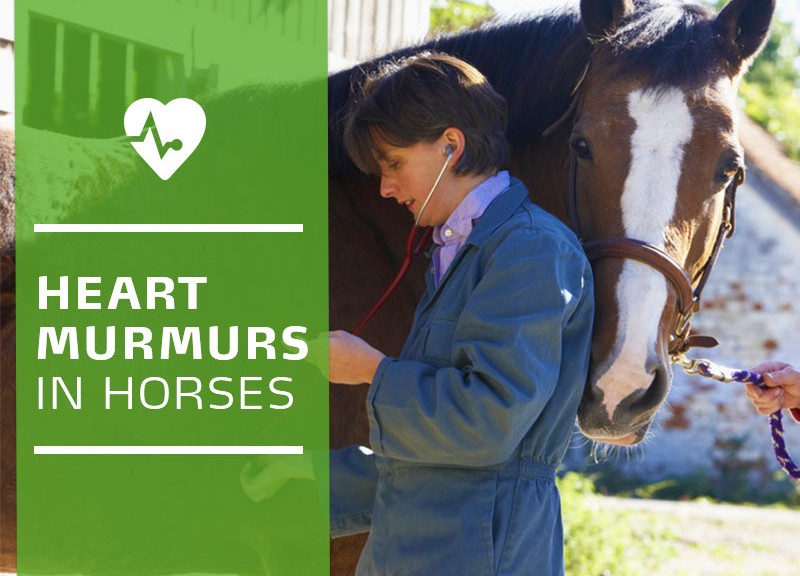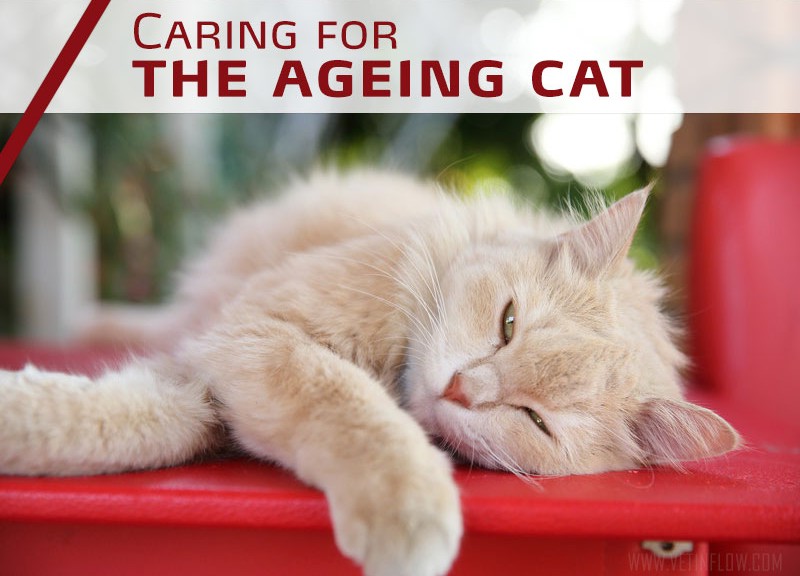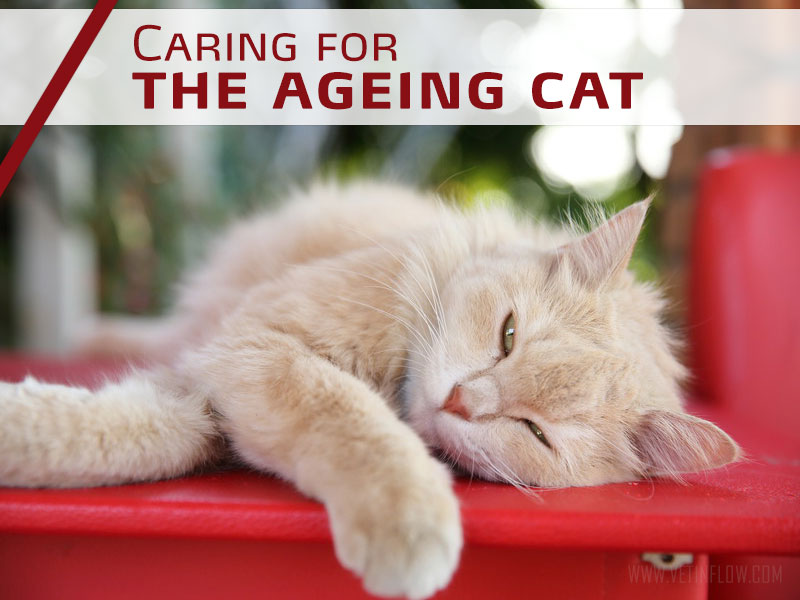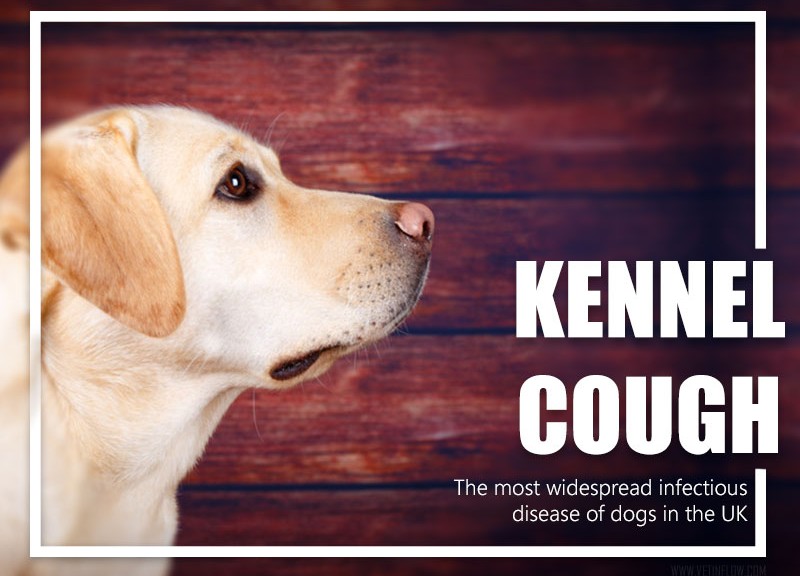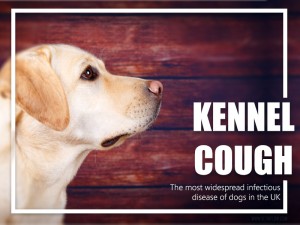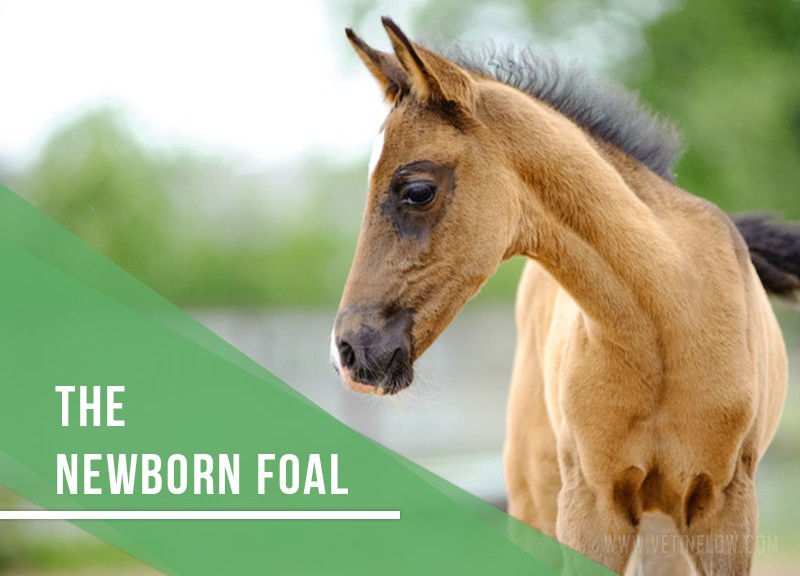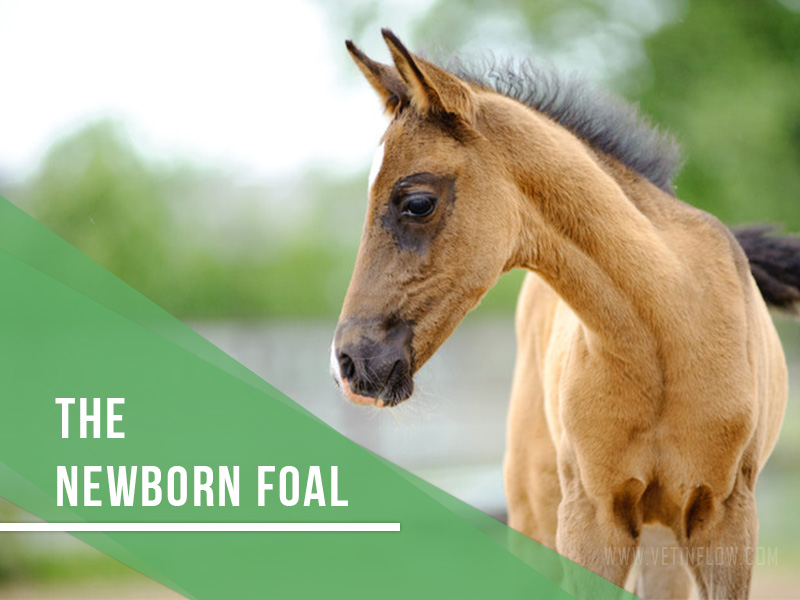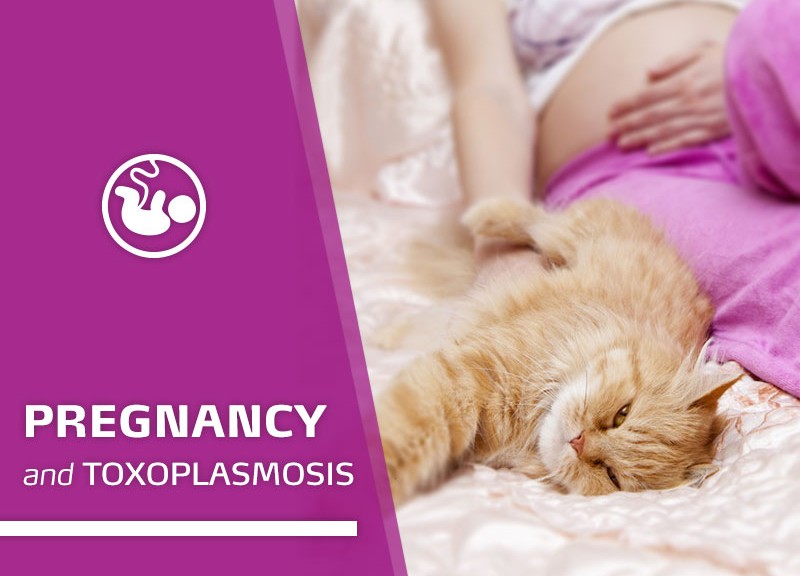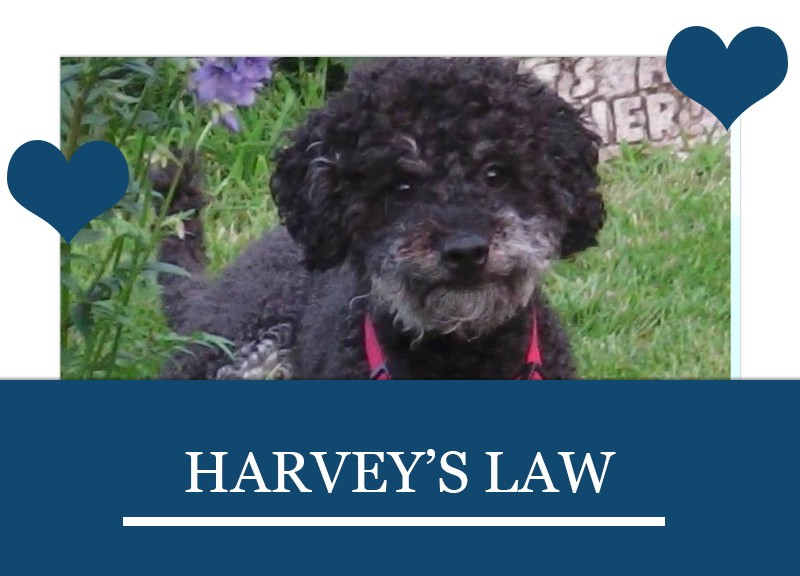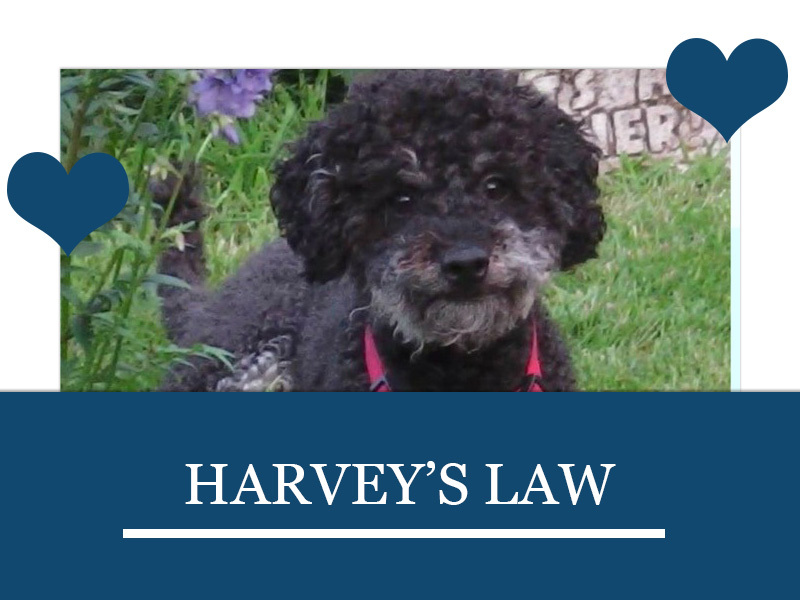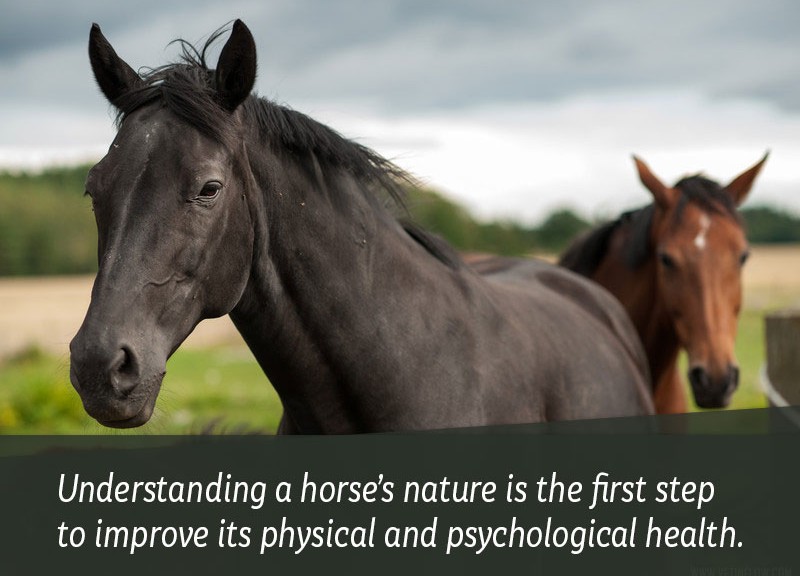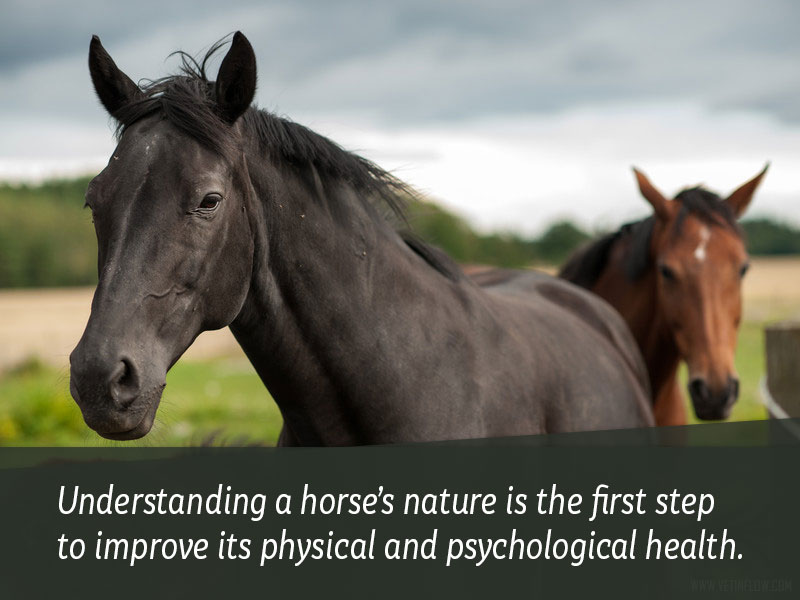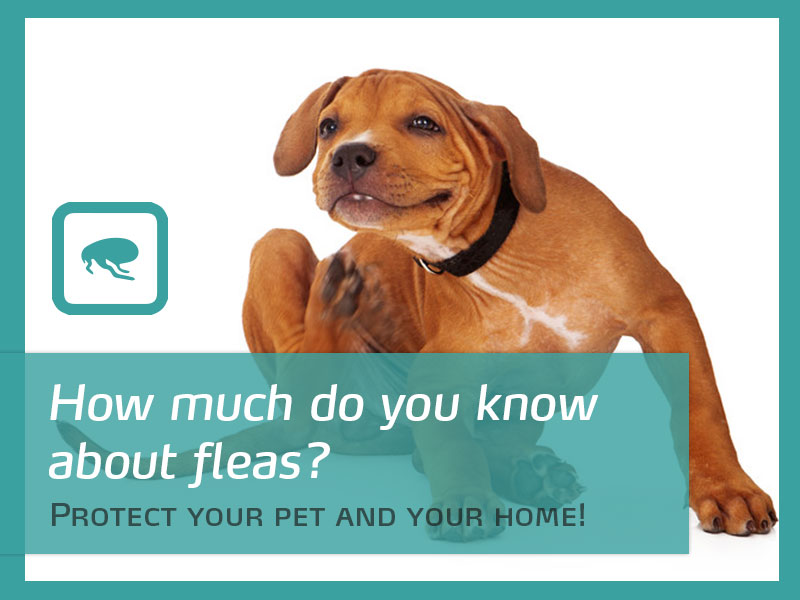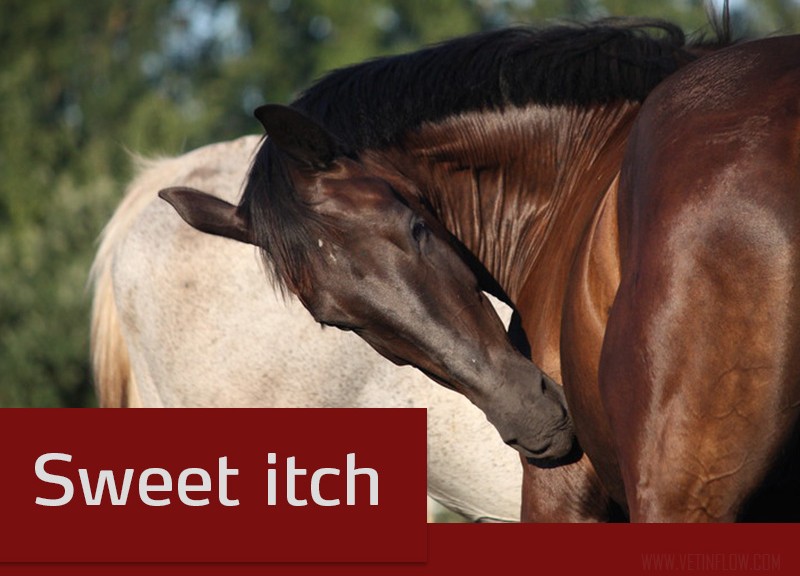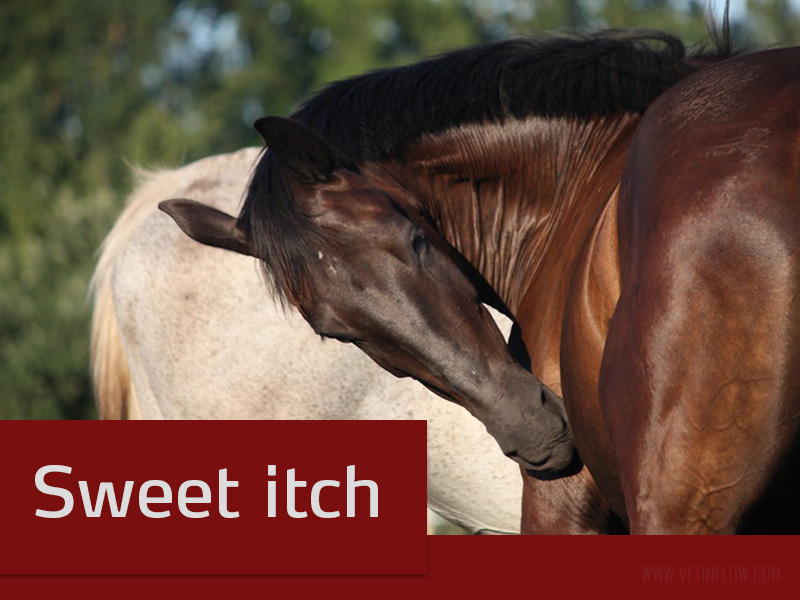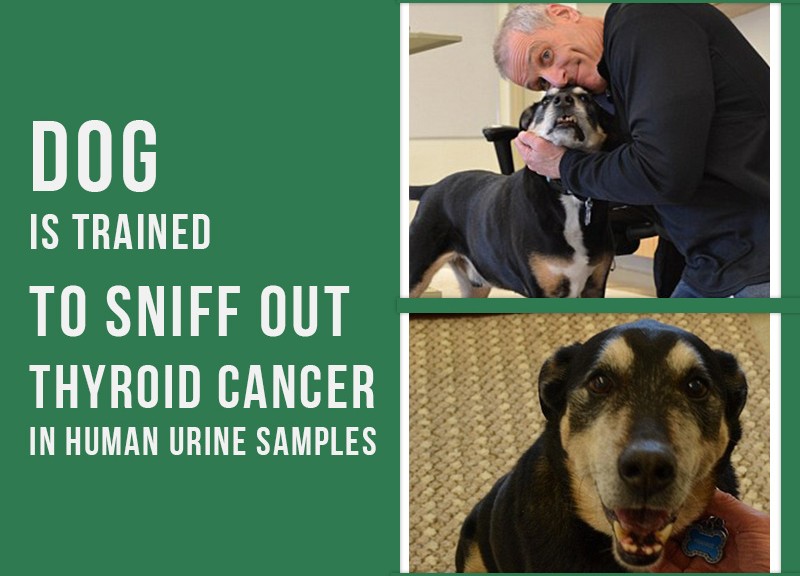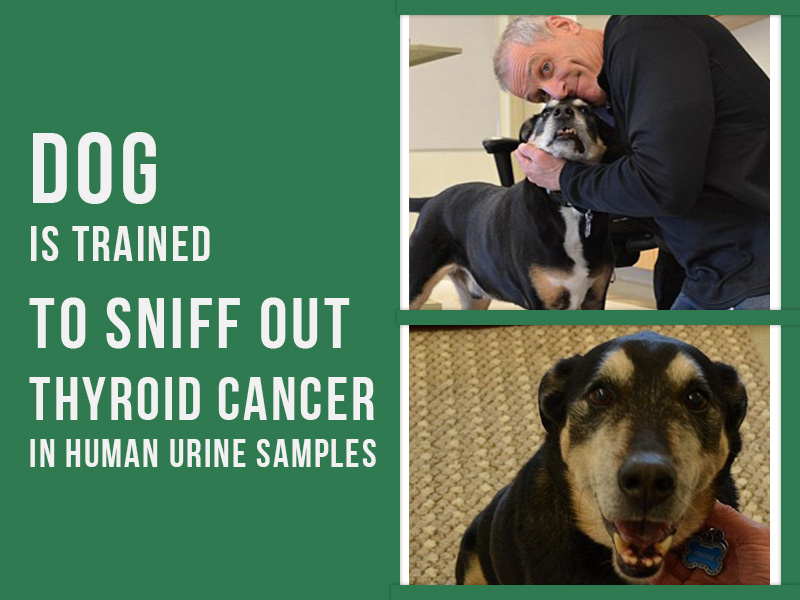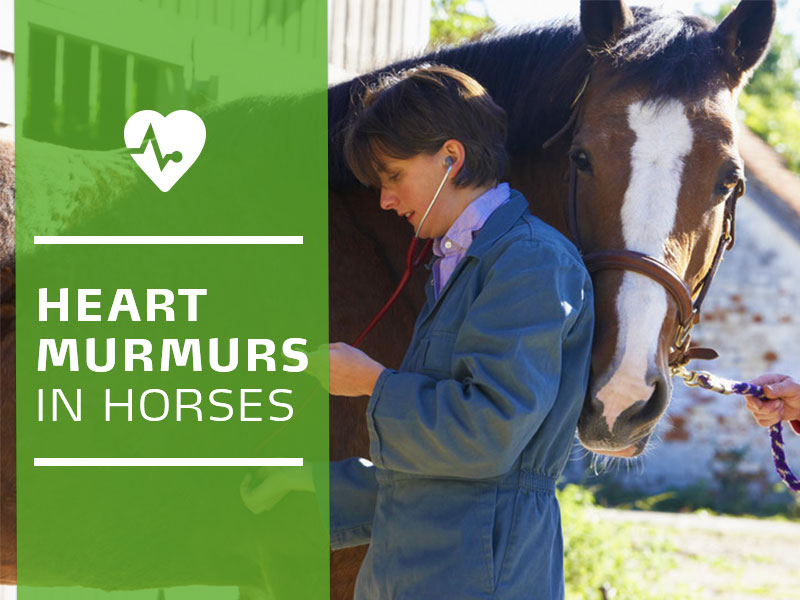
Horses, just like humans, can have heart murmurs. Murmurs can be detected by your vet while he or she examines your horse and listens to its heart with a stethoscope. They are basically abnormal sounds of high velocity or turbulent blood flow that originated from the heart valves or related structures.
Although the idea of a horse having a murmur can be scary for a horse owner, heart murmurs are relatively common findings on horse’s examinations and many healthy horses have murmurs.<
Most of these murmurs are not due to any structural abnormality and often the horse or the pony does not show any signs of heart disease. However, some murmurs indicate more serious problems in a horse’s blood flow and/or heart function. These abnormalities include inadequate functioning of heart valves, large blood vessels or an abnormal connection between different heart chambers.
Common clinical signs of heart disease include a reduced tolerance to exercise, thickening of the limbs and lower neck or chest and enlargement of blood vessels, causing a pulse in their jugular vein that is visible when you look at their neck (‘jugular pulse’).
Most horses are not affected in terms of athletic performance by the fact that they have a heart murmur and studies on the matter have failed to find any evidence that horses with murmurs performed any differently from those without murmurs. If the murmur is due to an abnormality and if this issue progresses, then a horse’s performance can deteriorate as time goes by.<
Sometimes a heart murmur can appear following certain medical conditions. Colic leads to unusual blood flow patterns for example and viral infections can cause changes to the cardiac muscles. In such cases the murmur is temporary.
If your horse has a heart murmur it might be necessary to investigate it further as it could mean your horse has a heart condition and its progression can have an impact in your horse’s performance and general health.
Would you like to know more about horses? Check our Equine Courses:
